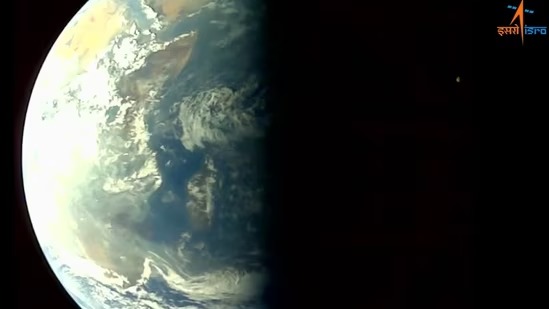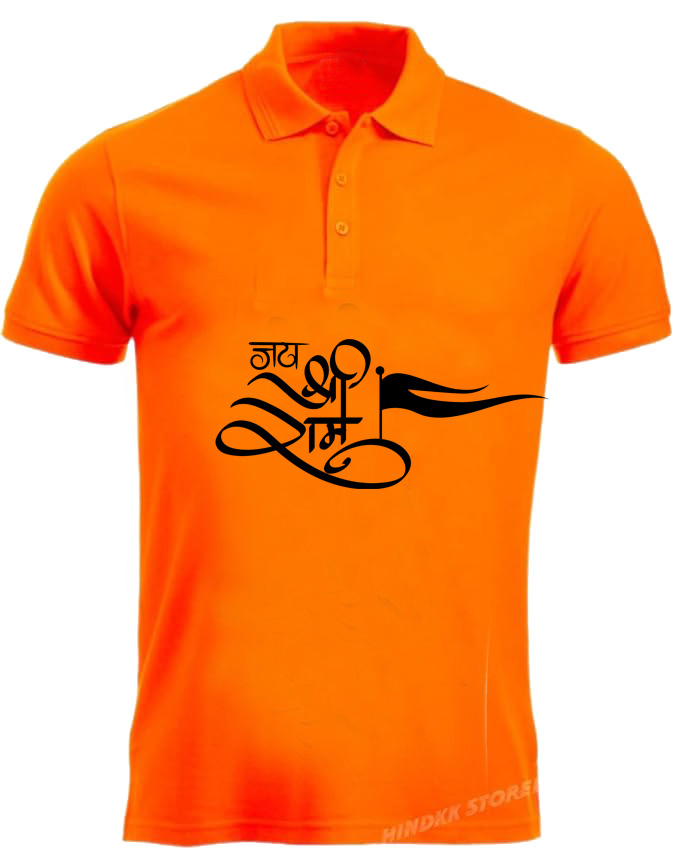On its route to Lagrange Point 1, or L1, India’s first solar probe in orbit, Aditya-L1, shot a selfie. The Visible Emission Line Coronagraph (VELC) and SUIT instruments, which make up the majority of Aditya-L1’s payload, were photographed by the spacecraft’s camera on September 4 according to the Indian Space and Research Organization (Isro). On the second day of its four-month voyage to L1, the camera captured images of both Earth and its lone natural satellite, the Moon.
👀Onlooker! Aditya-L1, destined for the Sun-Earth L1 point, takes a selfie and images of the Earth and the Moon,” Isro said in a post on X, formerly Twitter, as it shared the selfie and images of Earth and Moon clicked by camera onboard Adtiya-L1.
In Andhra Pradesh’s Sriharikota, Adity-L1 launched on a polar launch satellite vehicle on September 2. The spacecraft successfully completed the second Earth-bound maneuver on Tuesday, achieving an orbit measuring 282 km by 40225 km.
The second Earth-bound maneuvre (EBN#2) for the Aditya-L1 mission was successfully carried out from ISTRAC in Bengaluru. During this operation, the satellite was tracked by ISTRAC/ISRO ground stations in Mauritius, Bengaluru, and Port Blair. The new orbit obtained measures 282 km by 40225 km, according to a post made by ISRO on the social media platform ‘X’ early on Tuesday.
The following Earth-bound maneuver is slated to take place on September 10 at roughly 2:30 AM IST.
Aditya-L1 will be deployed in a halo orbit around Lagrangian Point 1 (or L1), 1.5 million kilometers from the Earth in the direction of the sun. Aditya-L1 carried seven different payloads to conduct a thorough study of the solar. Three payloads will measure in-situ parameters of the plasma and magnetic fields while the remaining four payloads will examine the sun’s brightness.
Seven specialized instruments for various study were aboard the spaceship. These instruments will examine different Sun layers and take measurements of various things, such as electromagnetic fields and particles.
The Sun will be the only object of four of these instruments, while the L1 point will be the subject of three others’ studies of nearby particles and fields. We will gain useful information on how the Sun’s changes impact the area surrounding it from this.
The study of the physics of the solar corona and its heating mechanism, the acceleration of the solar wind, the coupling and dynamics of the solar atmosphere, the distribution and temperature anisotropy of the solar wind, and the origin of CMEs, flares, and near-Earth space weather are some of the main goals of India’s solar mission.
After the successful Chandryan3 Mission, Aditya L1 launched on 2nd September 2023 that is Saturday at 11.50am.
After Aditya L1
The space agency also disclosed that a crucial component of Gaganyaan, India’s first human spaceflight mission, will be the next in line.
Around the final week of September or the beginning of October is when the Gaganyaan abort mission demonstration is anticipated.
The plan calls for launching a crew of three into a 400km orbit for a three-day trip, bringing them safely home by landing in Indian sea waters, and demonstrating the capabilities of human spaceflight. According to Isro’s mission statement, “The project is accomplished through an optimal strategy by taking into account internal expertise, experience of the Indian business community, intellectual capacity of Indian academic and research institutions, along with cutting-edge technologies available with international agencies.”









